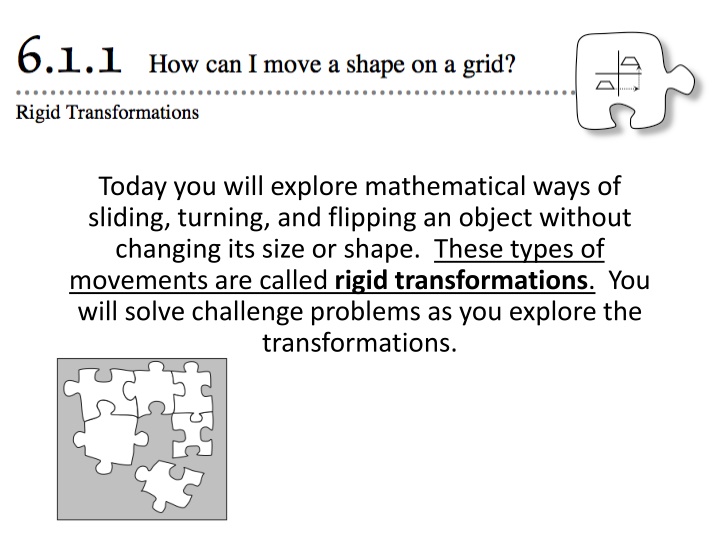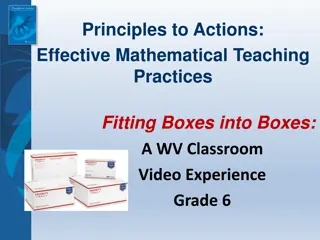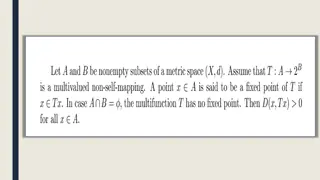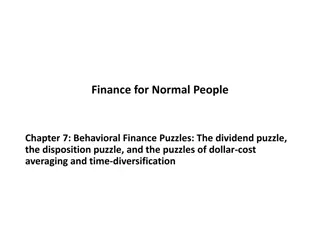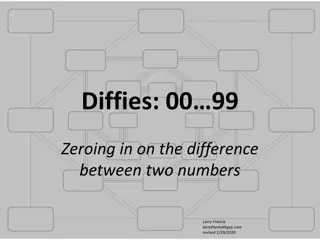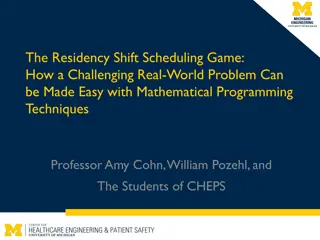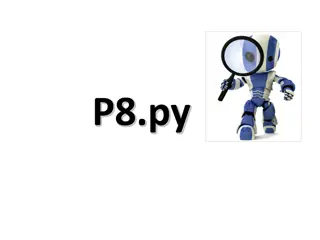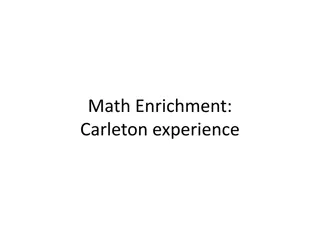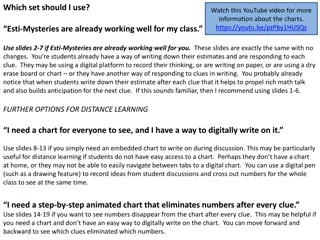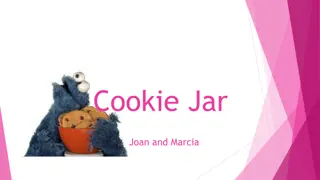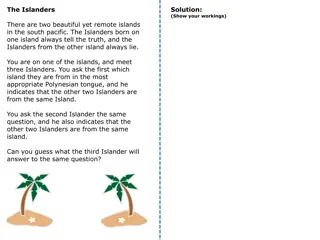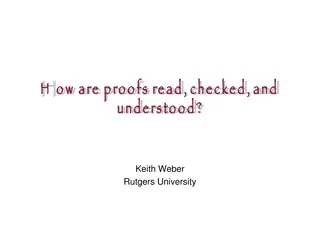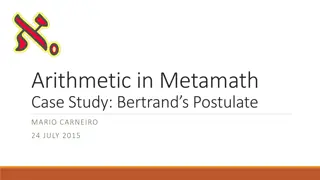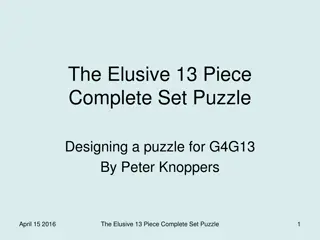Mathematical Puzzle Challenges
You will solve challenging puzzles involving rigid transformations like sliding, turning, and flipping objects without changing their shape. Work with your team to describe movements on a coordinate graph and explore different ways to solve transformation problems. Engage in discussions and justify your strategies.
Download Presentation

Please find below an Image/Link to download the presentation.
The content on the website is provided AS IS for your information and personal use only. It may not be sold, licensed, or shared on other websites without obtaining consent from the author.If you encounter any issues during the download, it is possible that the publisher has removed the file from their server.
You are allowed to download the files provided on this website for personal or commercial use, subject to the condition that they are used lawfully. All files are the property of their respective owners.
The content on the website is provided AS IS for your information and personal use only. It may not be sold, licensed, or shared on other websites without obtaining consent from the author.
E N D
Presentation Transcript
Today you will explore mathematical ways of sliding, turning, and flipping an object without changing its size or shape. These types of movements are called rigid transformations. You will solve challenge problems as you explore the transformations.
6-1. KEY IN THE LOCK PUZZLES Are you ready for a puzzle challenge? You will use the technology tool: Key-Lock Transformations Triangle Rigid Transformations Your job will be to move the key to the keyhole to unlock the door, using the transformation buttons shown below. Directions Next Slide
You will need to tell the computer about how you want the key to move. For example, how far to the left or right and how far up or down do you want the key to slide? In which direction do you want your key to flip? In what direction does the key need to move? How can we get the key to fit the keyhole? What information do we need to give the computer so that it moves the key into the lock? Your Task: For each puzzle, move the key to the keyhole. Remember that to unlock the door, the key must fit exactly into the keyhole and not be upside down. Also note that your key will not be able to move through walls.
Today you will work with your team to describe movement on a coordinate graph. You will also look at ways to describe where an object is on the grid before and after a transformation. As you work, use the questions below to help start math discussions with your team members. Is there a different way to get the same result? Did we give enough information? How can we describe the position?
6-8. While solving the key challenge in Lesson 6.1.1, Rowan made more than one move to change his key from point A to point B and from point C to point D, as shown on the graph at right. Both of these keys are shown as triangles on the Lesson 6.1.2 Resource Page Your Task: With your team, describe how Rowan could have moved each key from the starting position to the ending position using slides (also called translations), turns (also called rotations), and/or flips (also called reflections). Make sure you provide enough detail to describe the moves completely. Try to find more than one way he could have moved each key. Be ready to justify your ideas with the class. Explore using the Challenge 1 Student eTool and Challenge 2 Student eTool You may need to resize the window and reposition the grid by shift dragging. Refer to the "?" for directions using the Rigid Transformation Tool.
Jordan found a copy of a puzzle like the one in problem 6-1, but the lock is missing. All she has are the starting points and the moves to unlock the lock. This time her key is shaped like a triangle. 6-9. WHERE DOES IT LAND?
Help Jordan find out where the lock is by following her steps. The following questions are designed to help you. a) With your team, set up your own coordinate grid on graph paper. The questions below will help. How many quadrants (regions) should the graph have? Should it be a graph with only the first quadrant? Or a graph with four quadrants? How should the axes be scaled? How many units should you use for each side length of a grid square? b) Plot triangle ABC to represent the key. c) Follow Step 1 to translate the triangle. Name the new location of each vertex, or corner, of the triangle in the form (x, y). d) Complete Step 2. Sketch the triangle in its new position and label the coordinates of each vertex. e) Where does Felicia s triangle end up? Complete Step 3 on the graph and label the coordinates of each vertex.
6-10. Now compare the triangle in problem 6-9 that you have after Step 3 with the original triangle. How do the lengths of the sides compare? How do the sizes of the angles compare?
6-11.Could Jordans team have used different steps to unlock her puzzle in problem 6-9? In other words, could she have used different moves and still have the key end up in the same final position? If it is possible, list a new set of steps that would move her key from the same starting location to the same final position. If it is not possible, explain why not.
